Construction in Mitra Tech technology
- Minimum amount of material used for construction (closing a given internal volume), which translates into savings on building materials and maintenance costs later.
- Possibility of building a building (i.e. foundation, walls and roof) in monolithic technology, using a form and material entirely produced on site.
- Minimum number of components minimizes the risk of construction delays due to lack of elements and greatly facilitates the construction process.
- No need to insulate the building, as the single-layer wall made in Mitra Tech technology has a permeability coefficient of U=0.23 with a wall thickness of 36 cm (comparable to YTONG energy+ 36.5), and there is also the possibility of using thermal insulation paint to reduce the U coefficient below 0.2.
- No thermal bridges have a significant impact on the energy efficiency of the building.
- Replacement of heavy building materials with lightweight aerated concrete.
- Possibility of building a house in the open shell state in a short time, within 7 days of continuous work (under appropriate weather conditions).
- Achieving a minimal number of construction stages and necessary materials.
- No need to design prefabricated structural elements for transport, as all structural elements are manufactured on site.
- No need to build internal load-bearing walls, roof or structure.
- No joining or welding in the building structure gives additional strength.
- Ecological and 100% biodegradable – the cement comes from the ground, it is produced by firing mineral raw materials such as limestone, marl, and clay. Mitra Tech has its own recipe based mainly on cement, water, and protein-based foam, which is 100% biodegradable.
- Ease of expansion, addition of further domes by joining them using aerated concrete blocks widely used in construction.
- The building has its own mass, which accumulates heat to a much greater extent than in the case of frame buildings or those with internal thermal insulation, which translates into thermal comfort in the building.
- Favorable humidity conditions, the hygroscopicity of the wall helps regulate humidity in the room, and the lack of internal partitions, thermal bridges, and internal insulation will never lead to local dampness and mold growth.
- The material from which the domes are built in Mitra Tech technology is non-flammable and non-toxic, radiation-neutral, and work is currently underway on a material that is radiation-positive.
- The round shape and dome provide the highest possible resistance to earthquakes, fire, or hurricanes, and the monolithic structure is the most durable possible.
- The acoustic properties inside a dome building create a very interesting effect, and also scatter external sound waves, which translates into soundproofing from outside noise.
- The monolithic structure provides better durability because there are no joints where cracks often occur during temperature expansion (as in traditional construction), ensuring material homogeneity.
